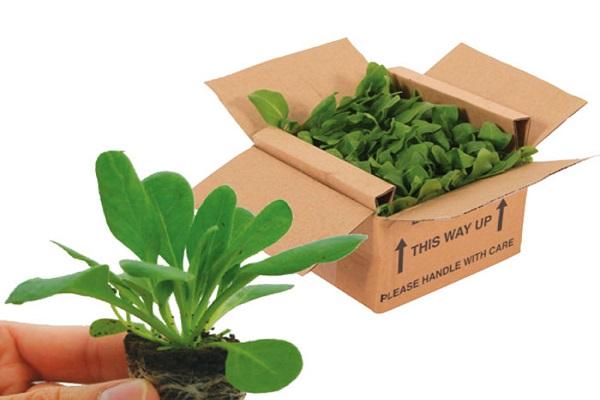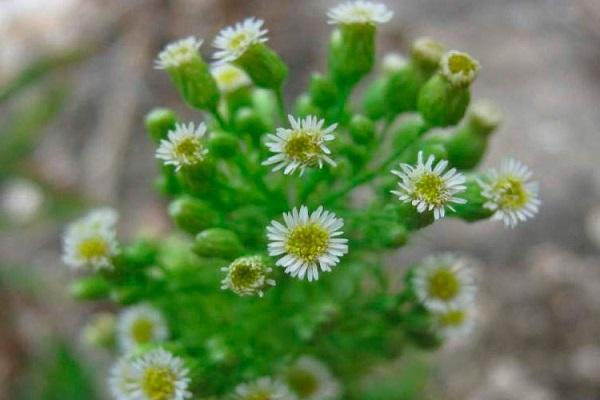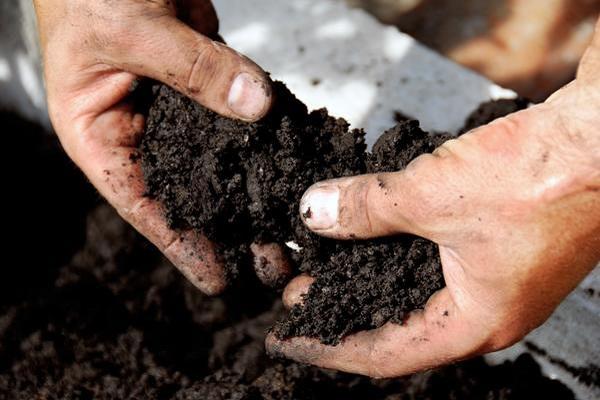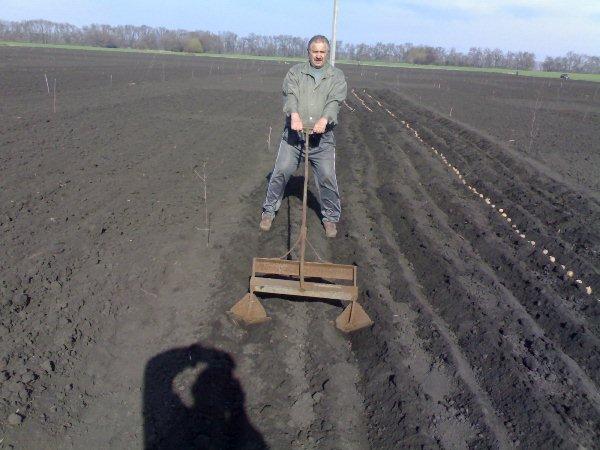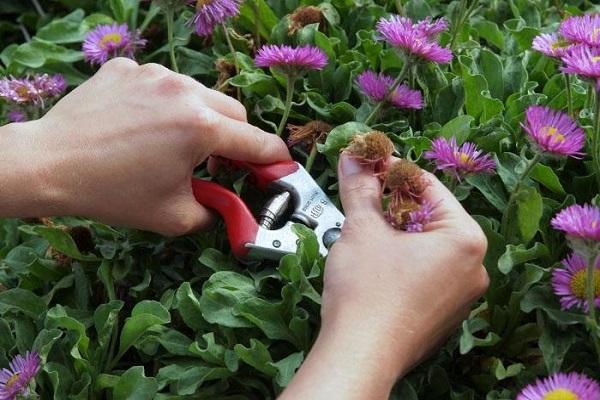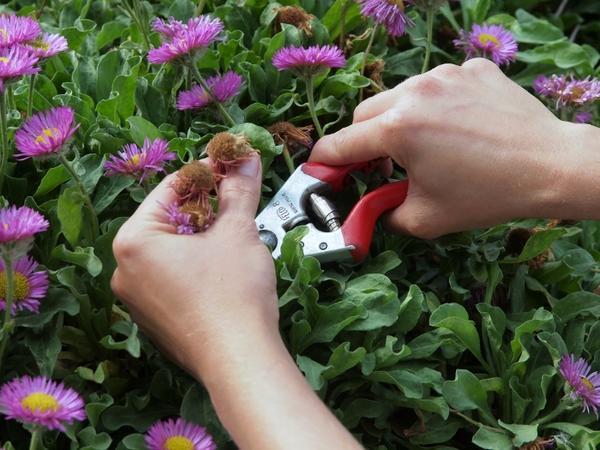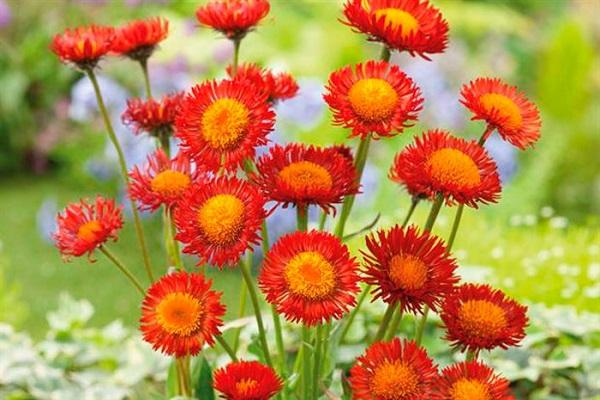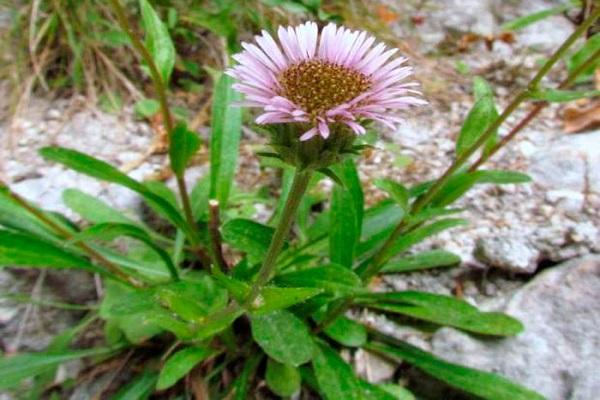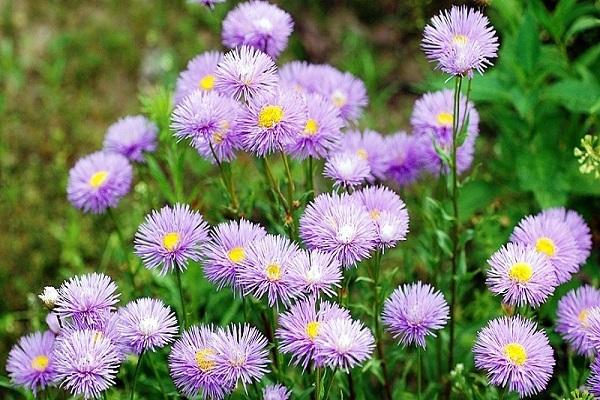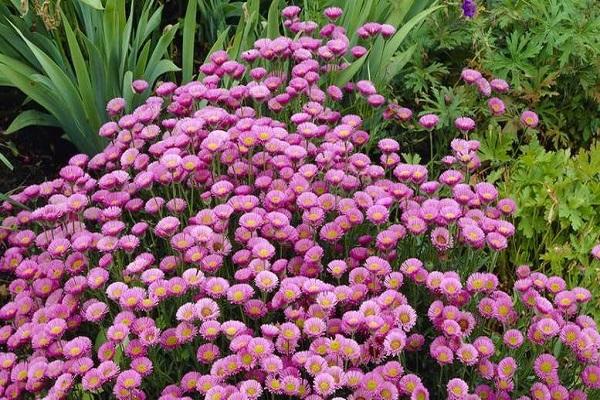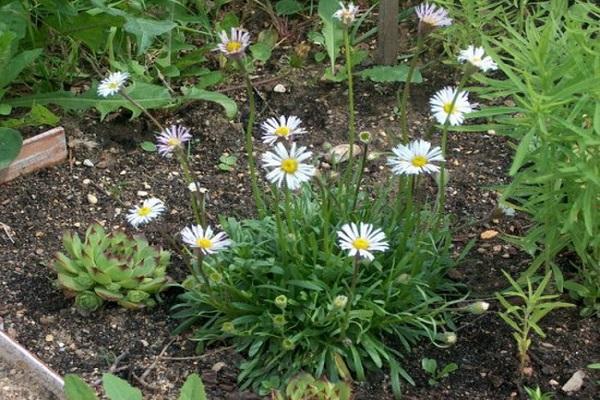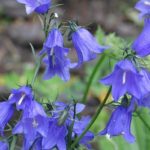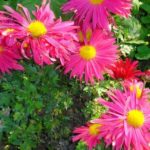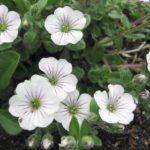Among the variety of flower crops, some species occupy a special place. This applies to those flowers that decorate any flower beds and summer cottages, but do not have high maintenance requirements. Erigeron or small petal is a wide variety of garden flowers, planting and caring for which even novice gardeners can master.
- Description and features
- Growing seedlings
- Landing dates
- Selection and preparation of seed material
- How to plant
- Temperature and light conditions
- Picking
- Hardening
- Watering
- Top dressing
- Planting in open ground
- When to plant
- Soil requirements
- Planting scheme
- Care
- Watering
- Loosening and weeding
- Mulching
- Top dressing
- Diseases and pests
- Trimming
- Rejuvenation
- After flowering
- Collection and storage of seeds
- Preparing for winter
- Kinds
- Beautiful
- Karvinsky
- Orange
- Alpine
- Extended
- Naked
- Single-flowered
- Hanging
- Northern
- wool cup
- Canadian
- Caustic
- Popular varieties
- Rose triumph
- Violet
- Prosperity
- Azur Beauty
- Dimity
- Rote Shengayt
- Foerster's Libling
- Reproduction
- Cuttings
- Seeds
- Dividing the bush
- Features of growing at home
- Benefit and danger
- Use in landscape design
Description and features
The Asteraceae family is one of the largest flower families. It includes a variety of species with common characteristics. Erigeron or small petal is a bright representative of the family. It is represented by perennial and annual plants with a developed root system and small, frequent petals in the flower.
North America is considered the homeland of the small-petalled plant; from there it was brought to Europe and Asian countries. Various hybrid varieties have been developed through selective breeding and are successfully cultivated in different climatic conditions..
Growing seedlings
The most common method of growing erigeron is by seedlings. It is planted in areas of open ground after the bush has grown stronger.
Landing dates
Small petal seeds are sown in winter. February is suitable for sowing if planting on a plot of open ground is planned to take place in late spring.
April is suitable for greenhouse sowing of small petals. The seedlings will be strong enough for permanent planting in the spring or early summer.
Selection and preparation of seed material
Small petal seeds for sowing are purchased in specialized departments of gardening stores or prepared independently in the fall.The seeds of the small petal are small, their germination is not stable, so the seedling method of cultivation is considered the most suitable.
How to plant
Due to the peculiarity of small petal seeds, large containers are purchased for planting. They are filled with prepared soil mixture. Then the seeds are distributed over the surface, lightly sprinkled with sand or vermiculite on top. The seeds are not completely covered with soil, otherwise they may not sprout at all.
Temperature and light conditions
For seedlings to emerge, special conditions must be provided:
- temperature – not lower than + 20 degrees;
- Daylight hours are at least 12 hours; fluorescent lamps are used for additional illumination.
Picking
Shoots may be too frequent, so they are picked after 1-2 true leaves appear. To do this, purchase separate containers and fill them two-thirds with soil.
Hardening
After the small petal sprouts have become a little stronger, they are transferred to the veranda or glazed balcony. The air temperature should be reduced to +15 degrees. The small petals tolerate hardening well provided there is a constant supply of diffused sunlight.
Watering
The first watering is carried out using a spray bottle. Before the emergence of full-fledged shoots, moisten the upper part of the soil in this way. Then water the soil as it dries.
Top dressing
At the stage of growing seedlings, regular fertilizing is not carried out. A single watering with potassium-phosphorus solutions during the budding period, as well as the addition of nitrogen at the stage of growing green mass, will be enough for the small petals.
In this case, the soil for sowing must be fertilized in advance with nutrients; this supply is sufficient before planting in a permanent place of growth.
Planting in open ground
For planting, choose strong small petal sprouts. Those that did not have enough time can be planted 1-1.5 weeks after the main planting. Weak seedlings can be left for growing in greenhouses.
When to plant
Seedlings are planted at the end of May-beginning of June. By this time, the sprout should have grown to 4-5 leaves. The soil should warm up to +15 degrees so that the roots of the seedlings quickly and easily adapt to new conditions.
Soil requirements
Erigerons do not place high demands on the soil. They can grow on different soils, but prefer slightly alkaline loose soils with a drainage layer.
Planting scheme
Planting is carried out using the transshipment method. This means that the plant, along with a lump of earth, is moved from a separate container into the prepared hole. Leave about 25 centimeters between the bushes. As a rule, bushes are planted in rows. Leave at least 20 centimeters between them.
Care
After planting on the site, they adhere to the rules for caring for small petals. Erigeron needs stability.
Watering
Flowers do not need excessive watering. Constant waterlogging of the soil can lead to rotting of the roots.
Loosening and weeding
The soil around the small petal bushes is loosened after each rain. They also make sure that there are no weeds spreading around. They often become carriers of diseases and insect parasites.
Mulching
Many gardeners recommend mulching the soil around the bushes to prevent the spread of weeds. To do this, use mowed grass. The mulch layer should not be too dense so that the soil does not become damp and harden.
Top dressing
Erigeron does not need feeding. They are carried out only at the budding stage to add additional potassium and phosphorus to the soil.An excess of fertilizers can lead to changes in soil acidity, which negatively affects the development of stems.
Diseases and pests
Small petals easily become infected with varieties of rot. These fungal infections form due to excessive soil moisture. First of all, the root rots, then wet spots begin to appear on the stems and leaves. To combat diseases and pests, the plant is sprayed with fungicides before and after flowering.
Trimming
Pruning is necessary for the culture throughout its entire period of existence. It is carried out with sharp garden shears at different stages.
Rejuvenation
Perennials are pruned regularly in spring. Old and damaged shoots are cut off at the root.
After flowering
To extend the flowering period, faded inflorescences are regularly removed. Overgrown bushes are pruned in order to maintain the quality of flowering.
Collection and storage of seeds
After flowering, the stem of the small petal is tied with gauze. This helps to collect the seeds when they are fully ripe and begin to fall off.
Preparing for winter
Before wintering, the stems are cut, leaving about 2-3 centimeters above ground level. These bushes are covered with spruce branches or industrial material.
Advice! To prevent the erigeron from freezing, it is mulched with a layer of peat and then covered with additional materials.
Kinds
Breeders have developed many different varieties of small petals. The basis for this was popular species that have similar external characteristics.
Beautiful
This is one of the main types of erigeron. The stem grows up to 70 centimeters, the diameter of the flowers reaches 5-7 centimeters. The shade of the petals of this species varies from lilac to burgundy, the center of the flower is decorated with a yellow core.
Karvinsky
This species is called daisy-leaved.The flowers are small in size and look like daisies. The bush grows up to 60 centimeters. The peculiarity of the species lies in the gradual change in the shade of the petals. The beginning of flowering is marked by a white color, then the petals turn pink, and by the end of the season they become orange.
Orange
Erigeron of this species grows in the northwest of Chinese provinces. The height of the bush reaches 40 centimeters. Small single flowers of an orange hue grow up to 30 millimeters in diameter.
Alpine
One of the oldest species, found in the mountainous regions of Asia and Europe. The bush reaches 30 centimeters, small lilac-pink flowers have a yellow center.
Extended
The bushes grow up to 80 centimeters. The roots lie deep in the soil. As a rule, this species has large overgrown bushes.
Naked
So named because the stems are almost devoid of leaves. Platinum sheets surround only the base. The flowers are pale lilac, solitary.
Single-flowered
The small bush stretches up to 8 centimeters. Single flowers adorn a thin, bright green stem.
Hanging
The root system of this species is better developed than the above-ground one. The flowers are solitary, blue, with bright yellow centers.
Northern
The species is similar to representatives of the Alpine type. The difference between them lies in the shade of the petals. In the northern small petal, they can take on pale blue and lilac-blue shades.
wool cup
This species can be found in tundra thickets. Stems can grow from 5 to 35 centimeters. Petals can be blue, cyan, purple.
Canadian
This plant is not grown as a decorative element. Small white flowers with a yellow center are inconspicuous from afar.The bush extends to only 20 centimeters.
Caustic
The bushes reach 75 centimeters, small pale flowers bloom on them. According to gardeners, this species is similar to wild buttercup.
Popular varieties
Among small petals, hybrid varieties are the most popular. Each of them has special features and is used differently in landscape design.
Rose triumph
This is a terry variety with reed-type petals. Shades vary from pink to dark red.
Violet
The petals of the variety have a dark purple hue. By type they belong to terry varieties.
Prosperity
The flowers look unusual due to their color. They are always light blue with a yellow center inside.
Azur Beauty
The lavender-hued inflorescences are known for their resistance to winds. The bushes grow up to 70 centimeters. Green mass is actively developed on the stems.
Dimity
Unusual variety. On one bush, baskets of pink and peach shades bloom simultaneously. The tongues of both species are bright yellow.
Rote Shengayt
The red inflorescence baskets are classified as semi-double varieties. The bushes are small, stretching up to 30-40 centimeters.
Foerster's Libling
The variety belongs to the terry varieties. The color of the petals is pink.
Reproduction
If there is an adult bush on the site, propagating any variety is quite simple. In addition, there is always the opportunity to use the seed method.
Cuttings
In spring, a suitable cutting is selected from an adult small-petalled plant. It is separated with a sharp instrument along with the heel and planted near the mother plant under a film. After green leaves appear on the cuttings, it is transplanted to a permanent place of growth.
Seeds
The seed method involves growing seedlings.The seeds of the small petal are very small, so when sowing they use the entire harvest harvested in the fall.
Dividing the bush
Overgrown mature bushes are propagated by division. To do this, part of the root system is dug up and carefully cut off. Then the mother plant is strengthened in its original place, and the division is transplanted to another place. The division needs only a few days to adapt, since the small-petalled plant easily tolerates planting.
Features of growing at home
Home cultivation of crops involves constant control over the condition of the soil. Excessively moist soil threatens the development of fungal diseases of the root system. The plant is known for its ability to easily adapt to any conditions.
Benefit and danger
Erigeron is famous as a medicinal plant. The properties of petals and flowers are especially valuable when using decoctions and infusions. Small petals are taken to stabilize hematopoiesis and improve blood counts. Products based on it help with rheumatism, arthritis, and joint pain.
Warning! Alpine petal flowers are not used for infusions, since when exposed to auxiliary alcohol elements they release harmful substances.
Use in landscape design
Small petal bushes are suitable for decorating the area:
- it is made a space limiter;
- planted as a border element;
- grown in alpine and multi-level flower beds.
Tall small-petalled bushes need additional support, since heavy inflorescence baskets pull thin stems to the ground. Low bushes look more impressive on the upper tiers of multi-level flower beds.

